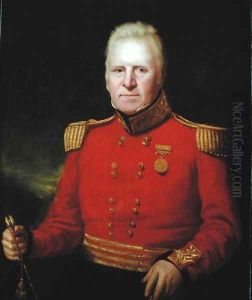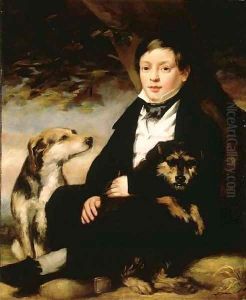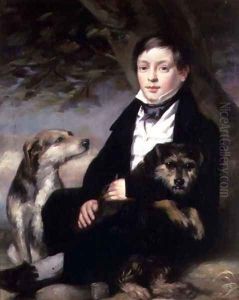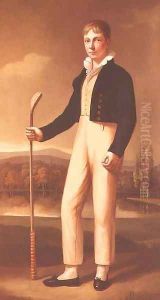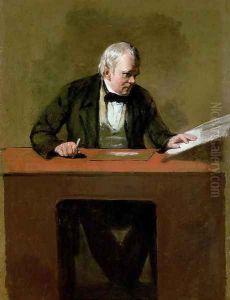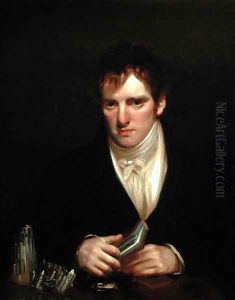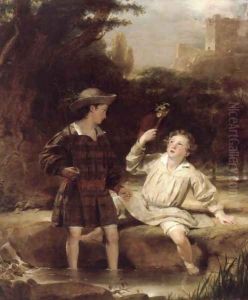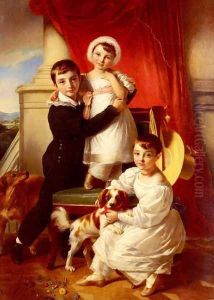Sir John Watson-Gordon Paintings
Sir John Watson-Gordon was a prominent Scottish portrait painter who became one of the leading Scottish artists of his time. Born in Edinburgh on May 20, 1788, he hailed from a family with a strong military background. His father was a captain in the army, and his uncle, George Watson, was the founder of the Watson's Institution, a school that later became George Watson's College.
Initially, Watson-Gordon aimed to join the army, but his interests shifted towards art, and he became a student at the Trustees' Academy in Edinburgh, where he studied under Sir Henry Raeburn, Scotland's foremost portraitist. Under Raeburn's guidance, Watson-Gordon honed his skills and developed his style.
Throughout his career, Watson-Gordon specialized in portrait painting, capturing the likeness of many distinguished personalities of his time. His works were known for their dignified realism and the ability to capture the character of his subjects. He was particularly adept at portraying men in positions of power and influence, including judges, professors, and military officers.
Watson-Gordon succeeded Raeburn as the leading portrait painter in Edinburgh after Raeburn's death in 1823. His reputation grew, and in 1826 he was elected as an associate of the Royal Scottish Academy. Just six years later, in 1832, he became a full member and went on to serve as the president of the Academy from 1850 until his death. In 1851, his contributions to British art and culture were recognized when he was knighted by Queen Victoria.
Sir John Watson-Gordon's work was widely appreciated for its artistic excellence. He exhibited at the Royal Scottish Academy and the Royal Academy in London. Notable works include his portraits of Sir Walter Scott, a literary figure, and the 5th Duke of Buccleuch, among others. His art played a significant role in the Scottish art scene of the 19th century and continued to influence portrait painters in Scotland.
Sir John Watson-Gordon passed away on June 1, 1864, in Edinburgh. His legacy is preserved through his portraits, which are part of the collections of galleries and museums, including the National Galleries of Scotland, the Scottish National Portrait Gallery, and other institutions across the United Kingdom.
